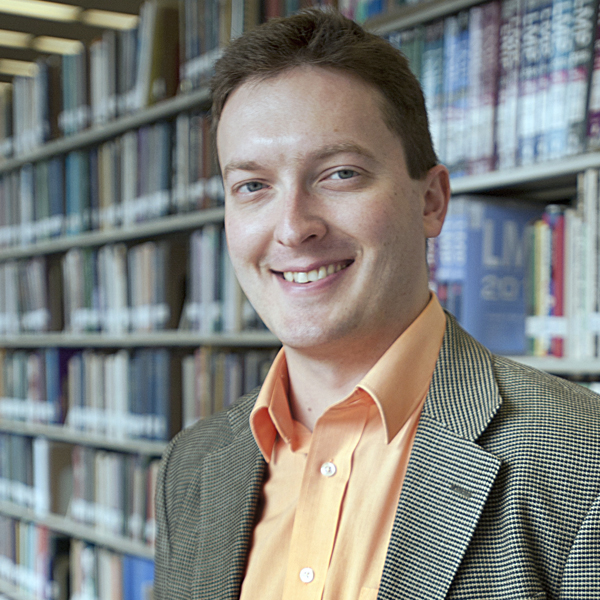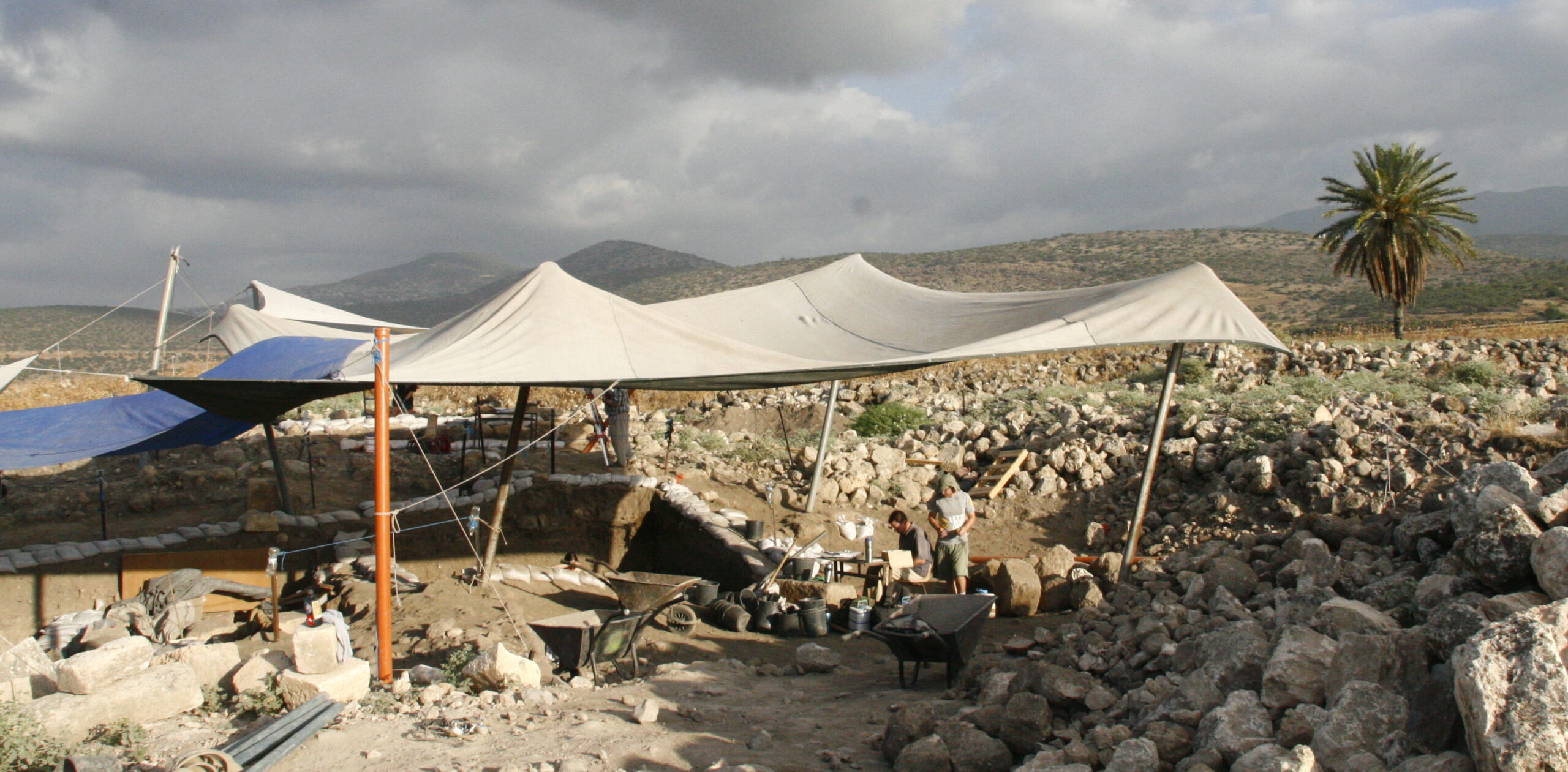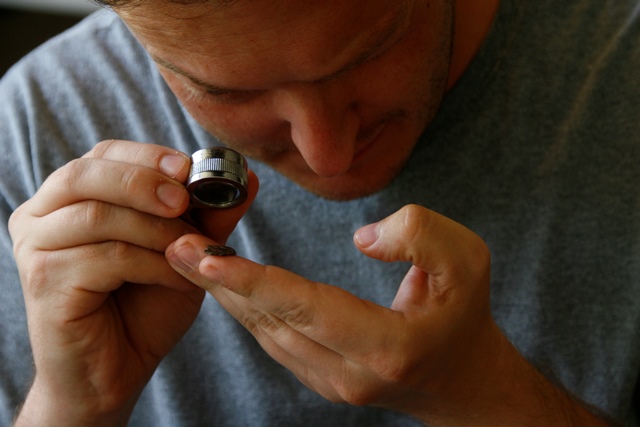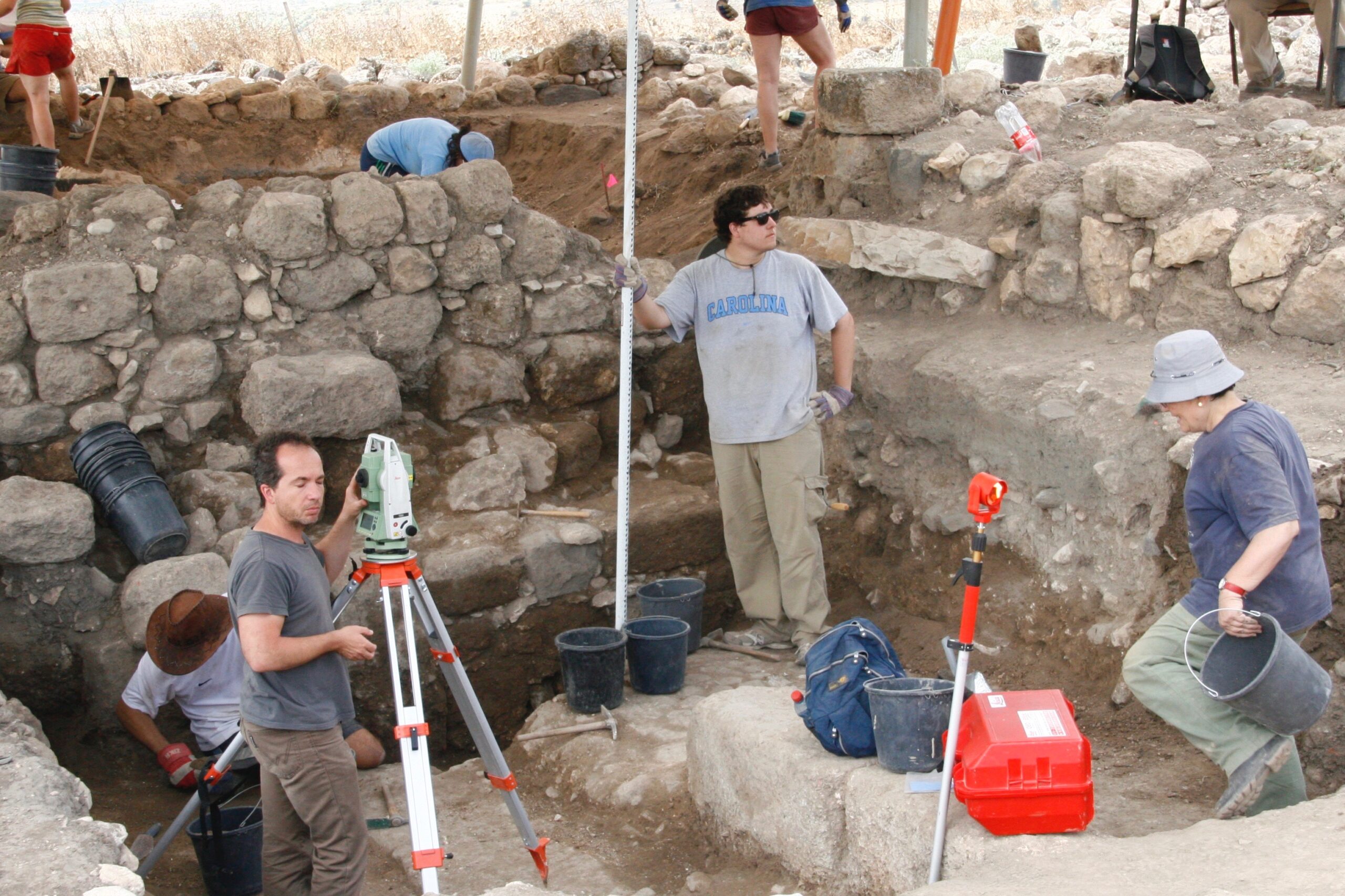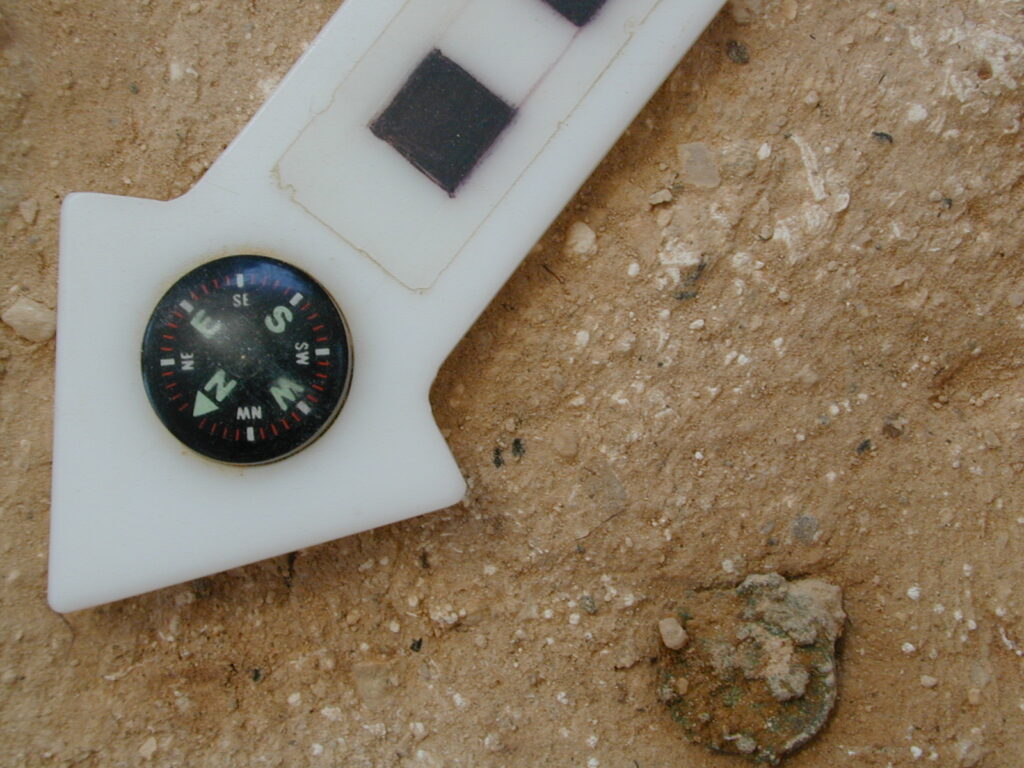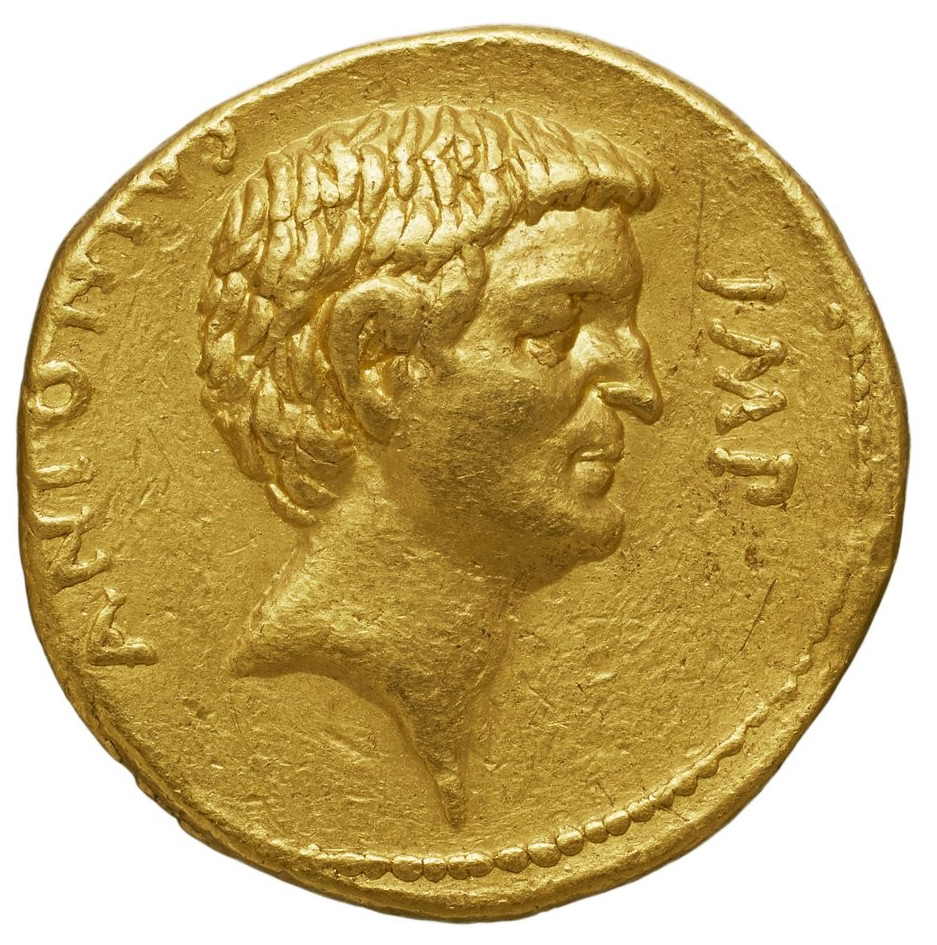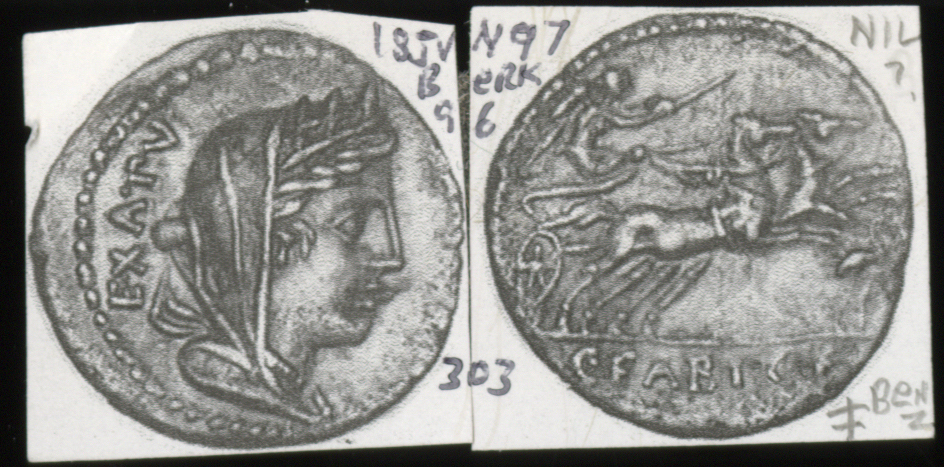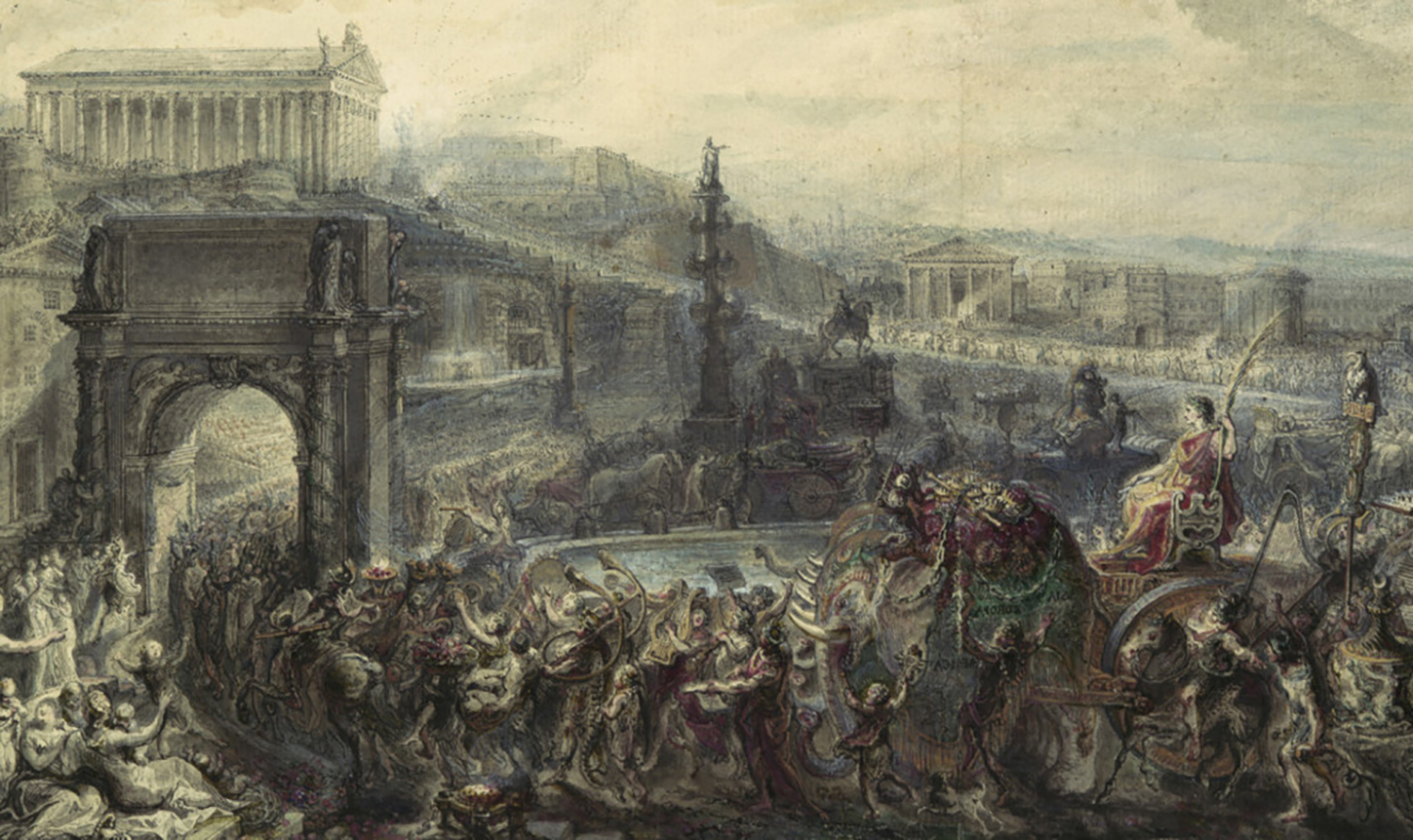Contextualizing Coins: An Interview with Dr. Nathan T. Elkins
The scholarship of Dr. Nathan T. Elkins sits squarely at the intersection of art history, archaeology, and numismatics. Dr. Elkins teaches, researches, and writes actively in these subject areas, specializing in Roman imperial coinages. Recently appointed to direct the Allbritton Art Institute at Baylor University, Dr. Elkins is also a Fellow of the American Numismatic Society and edits the ancient section of the American Journal of Numismatics. In a remote interview, Dr. Elkins and curatorial assistant Austin Goodwin Andrews discussed the dynamic relationship between the fields of archaeology and numismatics.
Austin Goodwin Andrews: The aim of archaeology is to reconstruct aspects of the human past through analysis of material culture. What are some roles that ancient coins play in this process?
Nathan Elkins: Ancient coins are critical objects in the archaeology of the Mediterranean world; virtually any site will produce a number of coins. At most excavations of towns and villages, coins will be among the most commonly found man-made objects after ceramic finds. As such, ancient coins are one of the primary chronological indicators for a site and its development through time.
In addition to questions of dating, coins provide insights into economic conditions and patterns of coin circulation, the movement of populations, and so on. Study of where coins are found can also tell us about “audience targeting” in the Roman Empire, as we know that there was a differentiated supply of imperial coins to different parts of the empire and that it seems the Roman state sometimes targeted certain populations with the coins bearing relevant visual themes. For example, soldiers were sometimes specifically supplied with coins with martial imagery.
Study of coins from archaeological contexts also can tell us about how images on coins were personalized by certain individuals, such as the use of coins emphasizing Aeternitas (Eternity) in graves or a coin with Fortuna placed under the mast step of a ship. Ancient coins with known findspots greatly enhance and inform our understanding of the ancient world in myriad ways.
Figure 1. Archaeology is necessarily collaborative and excavation teams include specialists in ancient coins, glass, ceramics, paleobotany, and other specialties. Pictured here is Area 3000 of the Huqoq Excavation Project, where Dr. Elkins is the site’s numismatist. Photo courtesy of Jim Haberman.
AGA: Over the years, you’ve been involved in a number of excavation projects. As part of a team of specialists on an archaeological excavation, what does a numismatist do?
NE: The primary job of a numismatist on an excavation is to identify, study, and ultimately publish the coins from an excavation. Numismatists often also clean and conserve the coins after they are excavated, but sometimes this requires another specialist, especially at sites where the soil is more corrosive to metal objects. I’ve never been able to do much cleaning of coin finds, since I’ve worked in Israel and Jordan where our coins have always required specialist intervention to clean them.
Once the coins are cleaned, the numismatist’s first task is to identify the coin finds as far as possible and to keep a catalog. Sometimes, coins can be fully identifiable, described, and given a very specific date, but often they are only partially attributable to the reign of a specific emperor. If nothing can be read on a coin, I can usually ascribe it to a century or part of a century based on the size, weight, and fabric of the coin. It’s important to collaborate with other specialists on site, as coins excavated from critical contexts, such as beneath the floors of buildings or in foundation trenches, will be very important in establishing the site’s chronologies, in conjunction with the ceramic finds.
After the coins are identified, I study finds from sites in the region to compare circulation patterns and look for anomalies. One of the exciting things I noticed about the coin finds from the late Roman fort at Yotvata was that we had a significant number of fourth-century coins from western European mints from before ca. 324 CE, but after that time they were almost exclusively from the nearby mints of Antioch and Alexandria, which would also have been the expected pattern for the pre-324 CE coins. I found a similar phenomenon in the circulation patterns of coins at other sites in the region, and especially at other military installations. One possibility for this phenomenon is that it represents an influx of western soldiers (and their money) after Constantine declared war on Licinius and moved eastward, and perhaps also the settlement of those soldiers at military installations along the eastern border after Licinius’s defeat. Such coins from excavations are the only evidence that points to the potential demographic shift.
Figure 2. Dr. Elkins examines a recently-excavated coin. Excavations often establish labs on site or nearby for find registration, cleaning, processing, and preliminary analysis. Photo courtesy of Jim Haberman.
AGA: I recently heard archaeologists characterized as uninterested and unknowledgeable about ancient coins. From my coursework and fieldwork in archaeology, hearing this was jarring to me and felt deeply untrue; I think, for instance, about how everything completely stops on a dig when even the dinkiest bronze is uncovered. How should we respond to that line of thinking?
NE: Such a statement is, indeed, an absolute falsehood and woefully uninformed. As archaeologists, we view every find from an excavation as significant and record everything in great detail; every object is potentially critical. I am a specialist in the study of ancient coins and an archaeologist by training. While I might not have the deep knowledge of the ceramics or zooarchaeological finds from the sites I work at, I understand that the work of the specialists on these materials, and the work of the other specialists on other materials, is deeply significant; we all contribute important pieces to the puzzle to reconstruct the past.
I’ll spend hours, off and on, trying to pull an identification from a single coin from a critical context; that coin might have no value in the modern trade because of how badly it is preserved, but it has great intellectual value and is essential to piecing together the past at an ancient site.
It’s hard to say how to respond to such comments, because those who propagate them have their own agenda at play; those minds are closed. Publication is a necessity, as is popular outreach and education, to show how invaluable and central ancient coins are to archaeology and at specific excavations. Such outreach should also promote awareness and ethical sensitivity towards the treatment of ancient coins and other ancient objects. Context provides so much more depth and dimension to all ancient objects, but not just the objects; the contexts tell us about the site, the people, the history, and how objects were used.
Figure 3. Detailed documentation during excavation and subsequently publishing are integral components to archaeological research. Photo courtesy of Jim Haberman.
AGA: Globally, many active excavation sites ceased fieldwork this year due to the ongoing pandemic. Do you imagine this leading to increased unauthorized excavation and looting?
NE: I have no firsthand knowledge of this, but it is a concern. I read an article in Forbes, “Smugglers are Using Coronavirus Lockdowns to Loot Artifacts,” which indicated that there was an increase in looting and the marketing of looted artifacts on online forums after the lockdowns. This appears to make sense, for many archaeological sites were left without guards during the shutdowns. The potential, long-term economic effects are also a concern, if guards are laid off and if governments reduce funds to spend on site protections. There is also the added possibility that job loss might drive some people to seek profits in criminal activities, such as looting and antiquities trafficking.
Figure 4. While artifacts from the same context are documented collectively, coins are uniquely documented in situ during stratigraphic excavations, such as this example from the Roman fort at Yotvata. Photo courtesy of Jim Haberman.
AGA: There is something fundamentally alluring about the prospect of holding “history” in your hands. Coins represent that tangibility of the past for many people, numismatists and archaeologists alike. There’s a tension here, however, in that so much information is tied to artifacts in context. What is lost when artifacts lack context?
NE: You are absolutely right. Coins are magnificent objects. They often bear the portrait of a certain ruler and we can frequently associate them with specific events and vibrant periods of history. When holding an ancient coin, you think not only about the imagery on it and what it meant in the social and political contexts at the time it was struck, but you also think about the lives of those who handled them thousands of years ago, who they were, and what they thought about those images on the coins that are so intriguing—but foreign—to us today. I understand the allure.
The answer to those questions we like to speculate about when holding a coin can only be answered by attention to context. Archaeology tells us where the coins were found, who used them, when, and in what contexts. I mentioned in an answer to a previous question that the Romans had a penchant for personalizing the imagery they saw on coins, as with the find of a coin showing Fortuna from a mast step of ship or the selection of coins bearing Aeternitas (Eternity), or other such themes, for deposition in graves.
One very important discovery that comes to mind regards a loculus containing the burial of a Christian child in one of the catacombs in Rome. Pressed into the mortar around the grave were fourth-century CE coins bearing the youthful visage of the Deified Romulus, the son of Maxentius. Evidently, the parents of the deceased child were not concerned about the pagan connotations of the imagery on the coins, but appropriated the coins for private use because of the boy’s young age and the coins’ connection with the death of a child taken too soon. There’s a sentimentality to it. We have a record of the emotional resonance that the use of these coins represented to the parents who lost a child.
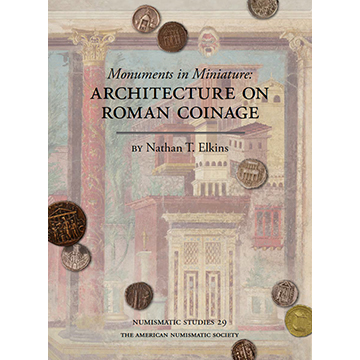
Figure 5. Monuments in Miniature: Architecture on Roman Coinage (Numismatic Studies 29), was published by the ANS in 2015.
AGA: You have written quite a bit about images of monumental structures on ancient Roman coins. This is a unique and almost “meta” approach. You’ve taken the question of “what can we learn about ancient built environments,” one typical of archaeology, but pursued it through the lens of coins. Could you explain this approach further?
NE: The traditional approach to the representation of buildings on Roman coins has been to use the images as evidence for the reconstruction of ancient monuments. This is, of course, an approach fraught with a number of methodological problems. I thought it might be more productive and valuable to look at the images not from the modernizing perspective of our interest in ancient monuments but rather to ask the question of what images of monuments meant to the Romans. This meant asking questions like why the Romans were the first ancient civilization that habitually represented the built environment on their coins, relating the representations to other visual media, and looking at trends in representations through time. I also examined—to what degree I could—the geographical distribution of such representations across the empire, according to archaeological finds, and attempted to quantify the images. I found these ways of looking at things to be very fruitful and informative on many levels.
To me, one of the big takeaways was how insignificant architectural representation was in the grand scheme of things, if images on Roman coins communicated ideas and messages. During the heyday of architectural representation on the imperial coinage, the Flavian and Trajanic periods, coins bearing monuments accounted for just a few percent of what was in circulation, according to site finds and hoards, and yet the representation of the built environment on Roman coins is one of the more popular topics in the study of Roman coin iconography. What this discovery—informed by archaeology—indicates to me is the need to stay grounded and the need to be aware that our own modern interests can artificially inflate an issue or phenomenon in the past. Images bearing personifications of imperial ideals were produced in much more significant numbers and, as such, were the more important communicators, even though such images do not receive as much popular interest today. Until recently, academics have also taken more interest in rarer types instead of studying these more common and generic images that communicated powerful concepts about the rulers that produced them.
AGA: I know that you’re coordinating with the ANS to give one of our monthly Money Talks soon. What can folks expect for that?
NE: After writing about monuments on Roman coins, my second book was on the coinage of the Roman emperor Nerva, from 96 to 98 CE. There is some unusual interest in Diana/Artemis on his coins, specifically denarii that show Diana as huntress and cistophori, struck in Rome (but consigned to the province of Asia for circulation), which show the Temple of Artemis at Perge. Although I devoted several pages to this subject in my book, and rehearsed various interpretations, there was no definitive explanation for the types. But now I think I have figured it out!


